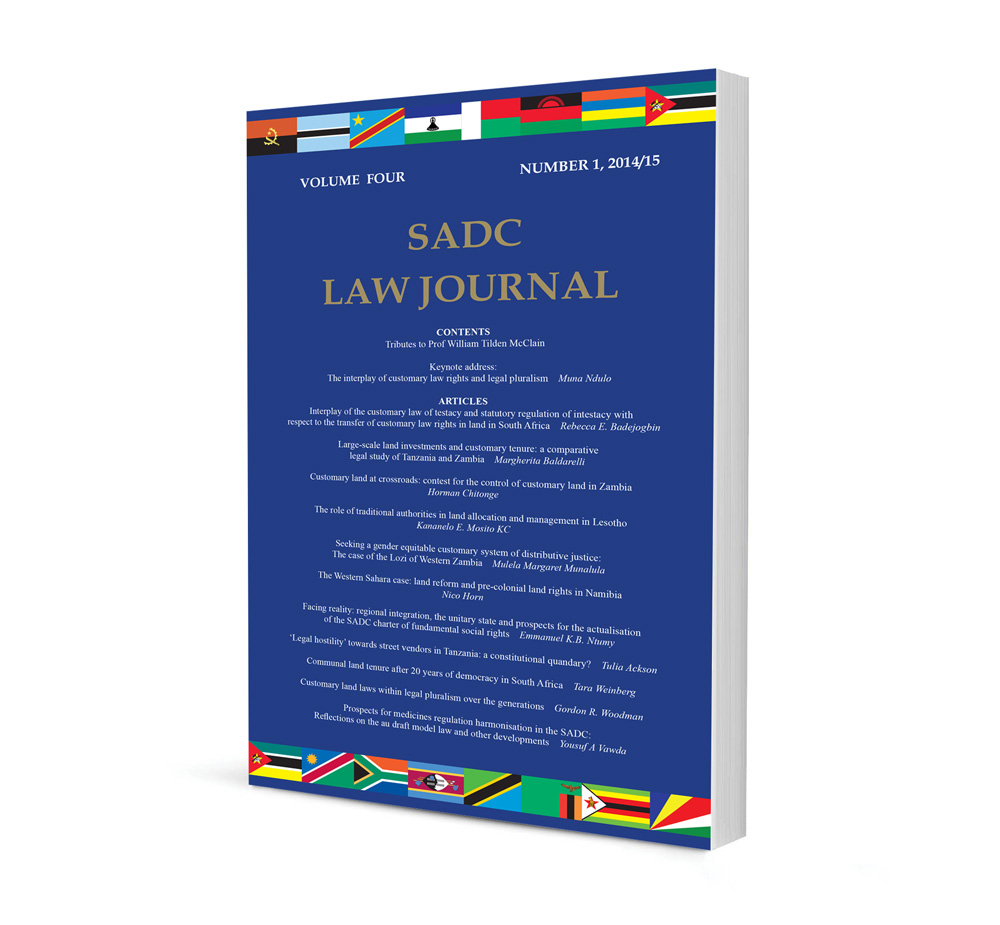Does SADC provide a Remedy for Environmental Rights Violations in Weak Legal Regimes? A case Study of Iron Ore Mining in Swaziland

Does SADC provide a Remedy for Environmental Rights Violations in Weak Legal Regimes? A case Study of Iron Ore Mining in Swaziland
Authors Angelo Dube
ISSN: 2026-8556
Affiliations: Lecturer, Department of Public Law and Jurisprudence, Faculty of Law, University of the Western Cape
Source: SADC Law Journal, The, 2013, p. 259 – 278
Abstract
Environmental protection and economic advancement are two goals that require careful balancing by any government. This is often achieved through the creation of domestic, regional and international legal frameworks, aimed at ensuring that aggrieved individuals whose environmental and other fundamental rights are violated are offered an avenue to seek remedies. The Southern African Development Community (SADC) was created for such purposes, and its Tribunal was set up to hear and determine disputes between states and between states and a private person. This jurisdiction to determine matters brought by natural and juristic persons formented the contentions that led to the eventual suspension of the Tribunal, and resolutions to restrict its jurisdiction by excluding the individuals and companies from approaching it. The suspension of the Tribunal, coupled with lack of political will at the domestic level, as well as weak institutions, has allowed powerful multi-national corporations in weak legal regimes such as Swaziland to violate environmental rights with impunity. The mining of iron ore within a nature reserve in Swaziland and flaws within the environmental impact assessment process followed illustrate the disregard for environmental rights that is prevalent in weak legal regimes. The decision of SADC states to suspend the Tribunal with a view to eventually limit its jurisdiction to disputes between states only basically meant that there is no remedy for violations occurring in such weak states. The gains made in the successful enforcement of the Tribunal’s orders against a member state in the courts of a foreign state in the latest South African Constitutional Court Case have, unfortunately come a bit late. Without access to the Tribunal for disputes involving natural and juristic persons, SADC does not offer remedies to aggrieved individuals.